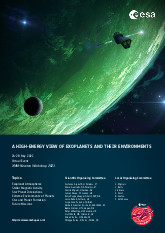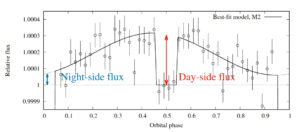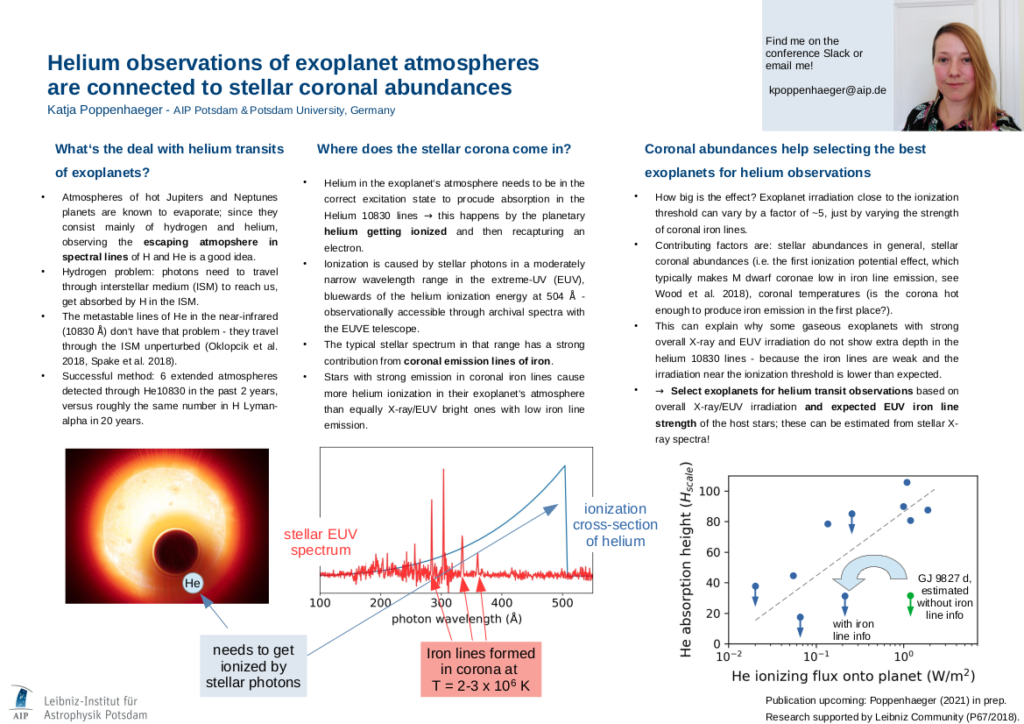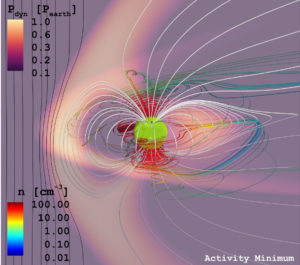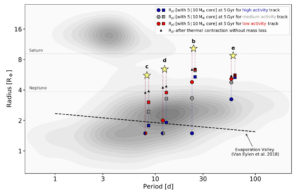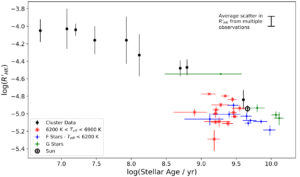Paper on the X-ray irradiation and evaporation of exoplanets
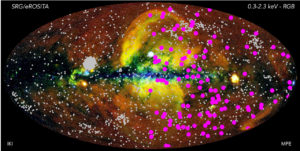
Our group’s first paper using data from the German-Russian eROSITA mission has been accepted for publication. My PhD student Grace Foster has investigated the X-ray irradiation and estimated the evaporation of exoplanets using data from eROSITA’s first and second all-sky scan.
The paper is available here:
Exoplanet X-ray irradiation and evaporation rates with eROSITA
Foster, G. ; Poppenhaeger, K. ; Ilic, N. ; Schwope, A.
High-energy irradiation is a driver for atmospheric evaporation and mass loss in exoplanets. This work is based on data from eROSITA, the soft X-ray instrument aboard SRG (Spectrum Roentgen Gamma) mission, as well as archival data from other missions, we aim to characterise the high-energy environment of known exoplanets and estimate their mass loss rates. We use X-ray source catalogues from eROSITA, XMM-Newton, Chandra and ROSAT to derive X-ray luminosities of exoplanet host stars in the 0.2-2 keV energy band with an underlying coronal, i.e. optically thin thermal spectrum. We present a catalogue of stellar X-ray and EUV luminosities, exoplanetary X-ray and EUV irradiation fluxes and estimated mass loss rates for a total of 287 exoplanets, 96 among them being characterised for the first time from new eROSITA detections. We identify 14 first time X-ray detections of transiting exoplanets that are subject to irradiation levels known to cause observable evaporation signatures in other exoplanets, which makes them suitable targets for follow-up observations.
eprint arXiv:2106.14550, accepted by A&A (2021)
